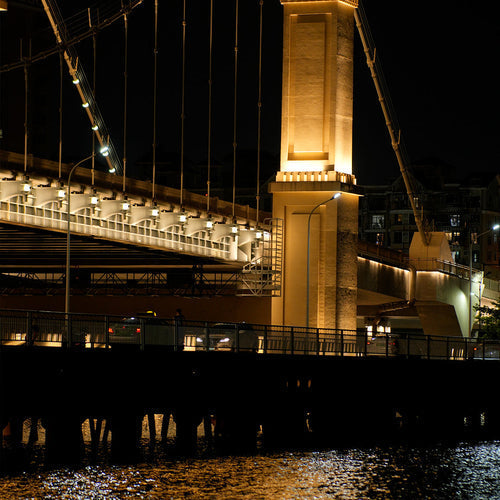
Photography in low light can be challenging, but with the right tools and techniques, it is possible to take impressive pictures even in poor lighting. One of the most important pieces of equipment for low light photography is your lens. Choosing the right lens can make the difference when it comes to capturing sharp, well-lit photos in dark environments. Here’s how to master low light photography with the right lens.
1. Use a fast lens
In low light conditions, the ability to capture as much light as possible is crucial. A lens with a large aperture (low f-number) lets more light hit the sensor, making it easier to take brighter photos in dark environments. Lenses with an aperture of f/1.4, f/1.8, or f/2.8 are ideal for low light conditions because they offer a larger opening for light, allowing you to avoid high ISO settings and reduce image noise.
2. Choose a prime lens for better sharpness
Prime lenses are often sharper than zoom lenses, especially in low light conditions. A prime lens with a large aperture can offer even better image quality and allows for brighter and sharper photos in poor lighting. Popular lenses like the 50 mm f/1.8 or the 35 mm f/1.4 are very popular due to their versatility and sharpness.
3. Experiment with focal length
Wide-angle lenses (e.g., 24 mm or 35 mm) let in more light and are excellent for shooting in low light, such as on streets or indoors. When taking portraits or more detailed shots, a medium telephoto lens (e.g., 85 mm f/1.8) can create an appealing bokeh effect while still focusing sharply in low light.
4. Don't forget manual focus
In low light, autofocus often struggles to lock onto the subject. With manual focusing, you can precisely control where the focus point is, leading to sharper images, especially in low light conditions.

With the right lens, you can master photography in low light conditions. A fast aperture, sharp prime lenses, and stabilization features can help you capture beautiful, bright images even in the darkest environments. Experiment with different lenses, and soon you'll be able to shoot like a pro even in poor lighting.





